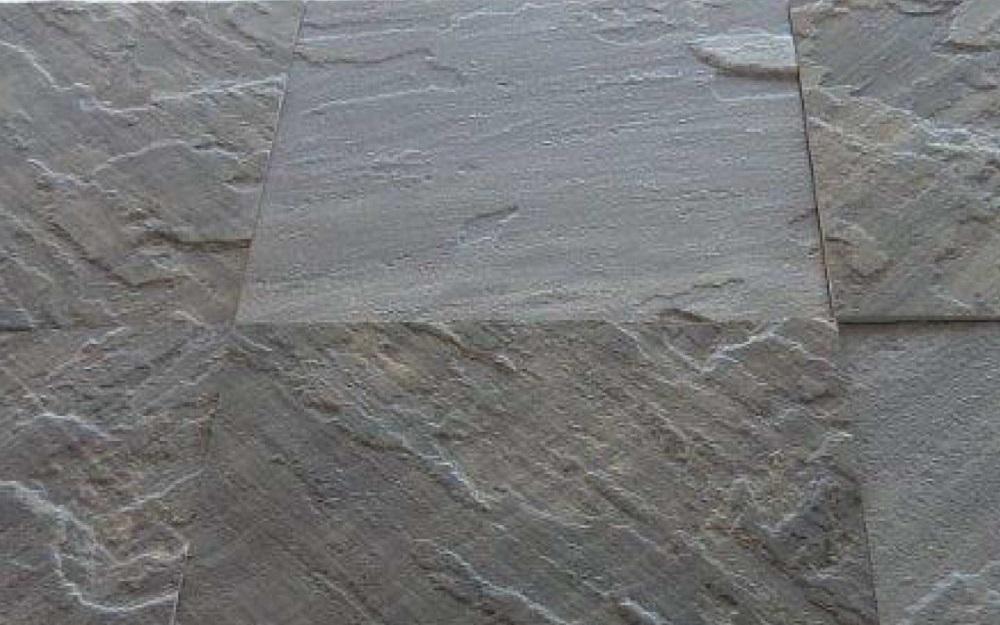Sponsor
Drafting in Mechanical Engineering

Drafting is a fundamental aspect of mechanical engineering, serving as the universal language that communicates design ideas, concepts, and technical details from engineers to manufacturers, fabricators, and technicians. It is the bridge between theoretical design and practical production, ensuring that ideas can be transformed into precise, functional, and manufacturable products.
The Role of Drafting in Mechanical Engineering
Drafting in mechanical engineering, drafting refers to the process of creating detailed technical drawings that represent mechanical components, assemblies, and systems. These drawings define dimensions, tolerances, materials, finishes, and assembly instructions. By doing so, drafting eliminates ambiguity and ensures that each stakeholder in the engineering process has a clear understanding of the design intent.
Drafting plays a vital role in:
-
Visualization: It allows engineers and clients to visualize a product before it is manufactured.
-
Accuracy: Detailed drawings ensure correct dimensions and tolerances, which are crucial for performance and safety.
-
Standardization: Drafting follows international standards such as ISO and ASME, enabling consistency and compatibility across industries.
-
Communication: It provides a common platform for collaboration between engineers, machinists, fabricators, and quality inspectors.
Types of Drafting in Mechanical Engineering
-
2D Drafting
Traditional drafting involves creating two-dimensional views (top, front, side) of a component. Even with modern technology, 2D drafting remains widely used for simple parts, schematics, and production layouts. -
3D Drafting and Modeling
Computer-Aided Design (CAD) software has revolutionized drafting by enabling three-dimensional models. These digital representations allow engineers to perform simulations, stress analyses, and assembly checks before physical prototyping. -
Assembly Drawings
These drawings illustrate how different parts fit together to form a complete system. They are essential in guiding the assembly process and ensuring proper functionality. -
Exploded Views
Exploded views provide a detailed look at individual parts within an assembly, showing their order and method of assembly or disassembly.
Importance of Drafting in Manufacturing
Without precise drafting, manufacturing would face challenges such as errors in part dimensions, mismatched assemblies, and increased costs due to rework. Drafting ensures:
-
Efficiency in production by reducing guesswork.
-
Quality control by serving as a reference during inspections.
-
Cost-effectiveness by minimizing errors and optimizing material usage.
The Future of Drafting
The field of mechanical engineering drafting continues to evolve with advancements in technology. Today, CAD software integrates with Computer-Aided Manufacturing (CAM) and 3D printing, enabling direct production from digital models. Virtual reality (VR) and augmented reality (AR) are also being adopted for immersive visualization of complex systems, taking drafting beyond flat drawings into interactive design experiences.
Conclusion
Drafting in mechanical engineering is more than just drawing—it is the backbone of design communication and manufacturing precision. From simple sketches to complex 3D models, drafting ensures that engineering concepts become reality with accuracy, efficiency, and innovation. As technology advances, drafting will continue to play a pivotal role in shaping the future of engineering design and production.






